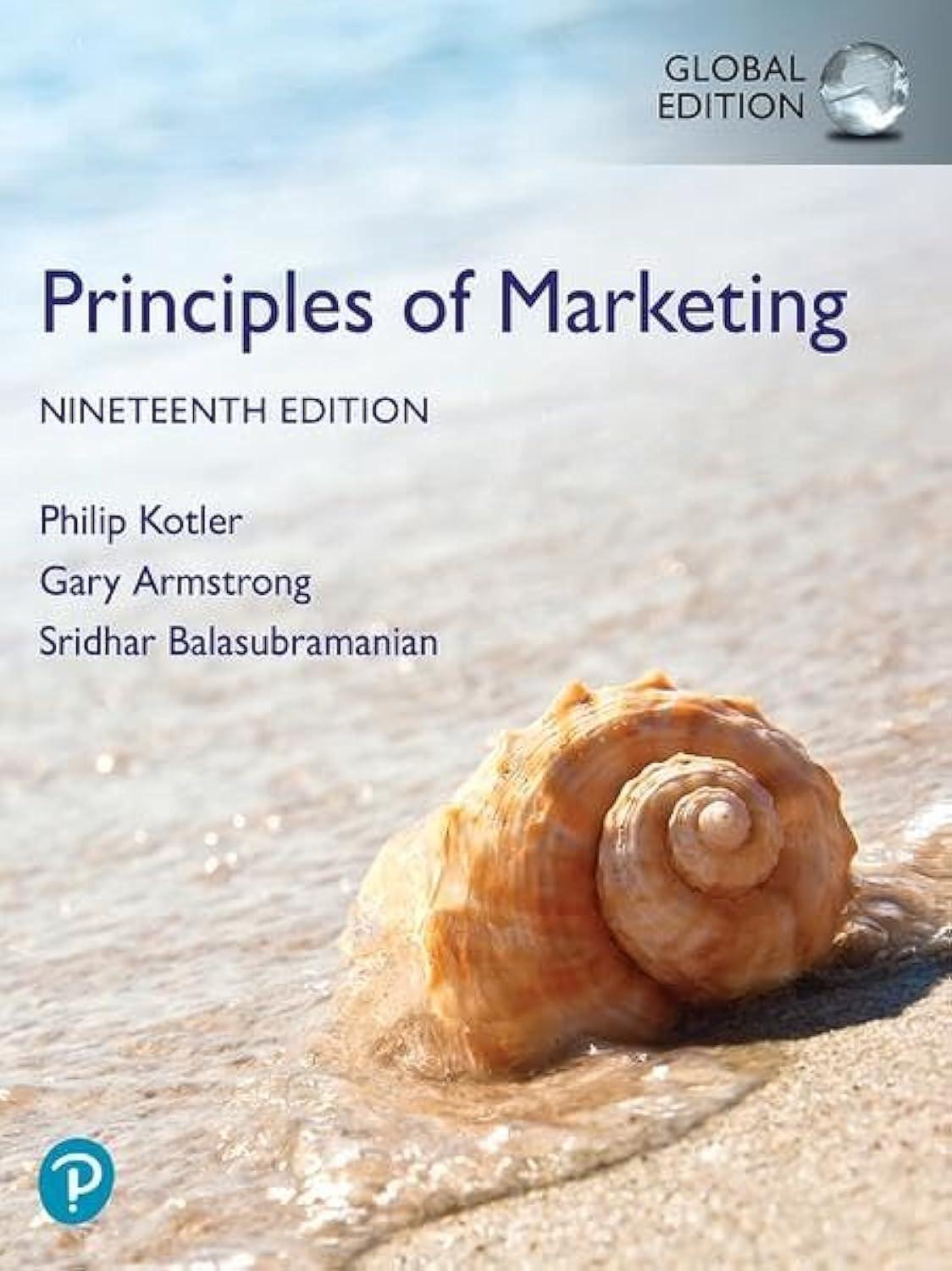Swedish retailer H&M is one of the world's most recognizable fast-fashion brands. Headquartered in Stockholm, the company
Question:
Swedish retailer H&M is one of the world's most recognizable fast-fashion brands. Headquartered in Stockholm, the company is the second-largest fashion retailer in the world, just trailing behind Inditex, the owner of Zara. Founded in 1947, the H&M group now has more than 4,700 stores in 69 markets and a strong digital presence. H&M has accelerated the fast-fashion cycle to its current frenetic pace, driven by lower prices and increasing pressure within the clothing industry to produce more and quicker. In order to meet ever more sophisticated customer expectations, H&M launches a new collection every two weeks. The concept of fast fashion serves consumerism very well; customers can always find something they have not purchased yet at H&M. However, this causes incredible amounts of waste. The fast-fashion industry has a particularly large impact on the environment due to overconsumption; according to waste statistics in 2018, textile accounted for 20 percent of wasted water worldwide. As much as 20,000 liters of water is used to produce one kilogram of cotton, the equivalent of one T-shirt, and so are several dangerous chemicals-24 percent of all insecticides and 11 percent of all pesticides worldwide used are in cotton-farming alone.
According to the 2017 "Pulse of the Fashion Industry" report, put together by Global Fashion Agenda and the Boston Consulting Group, in 2015, the clothing industry's impact on the environment amounted to 79 billion cubic meters of water, 1.715 million tons of CO2 emissions, and 92 million tons of waste.
Based on the reports' forecast, by 2030 these numbers will increase by at least 50 percent if no action is taken. The challenge for H&M is to embrace sustainability while producing clothing for a world where tastes seem to change every minute. Responding to these challenges, H&M has made several commitments to sustainability that have redefined its marketing strategy.
Do recent marketing activities need to always be sustainable? Is it becoming a new standard?
Step by Step Answer:






